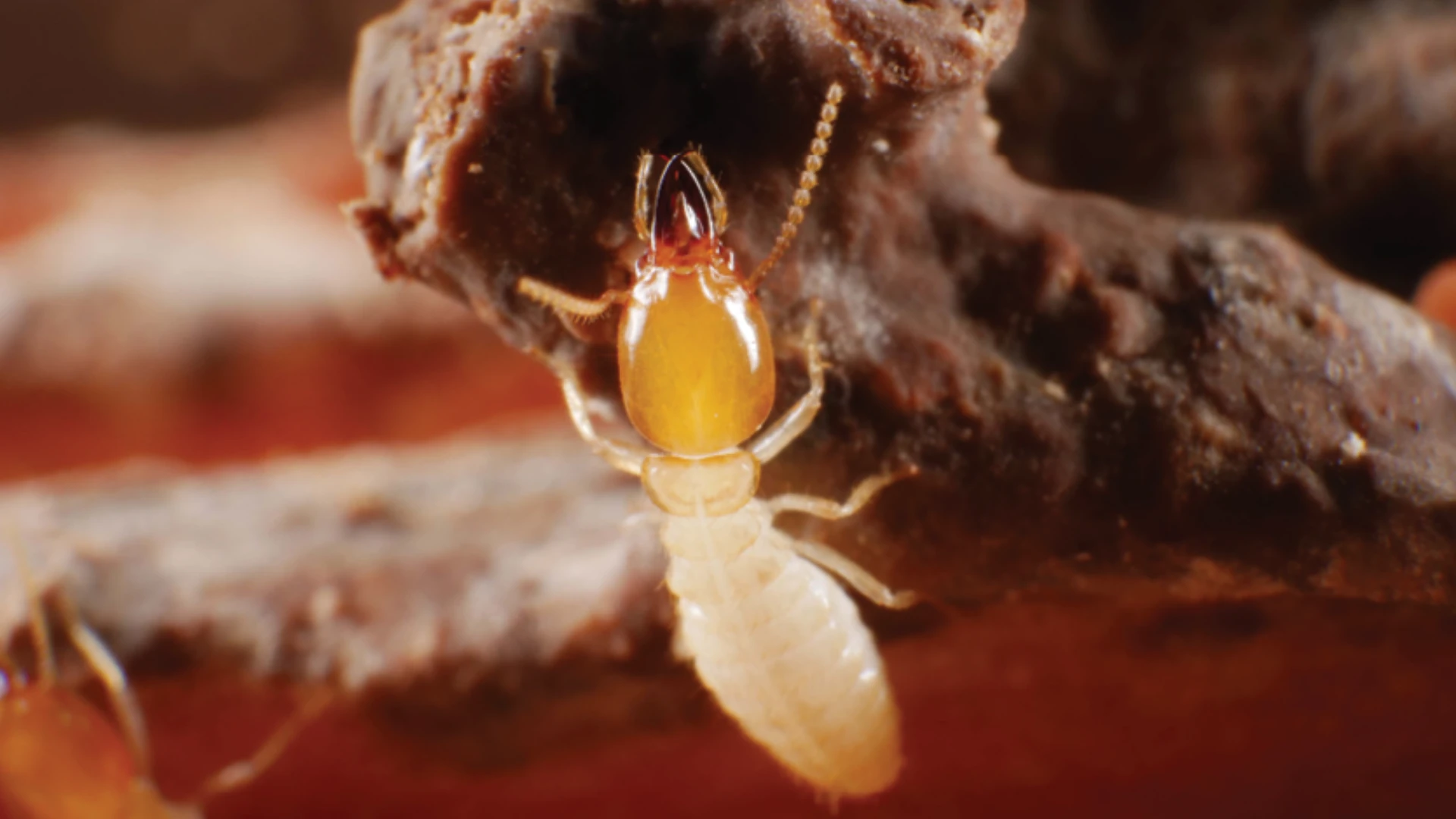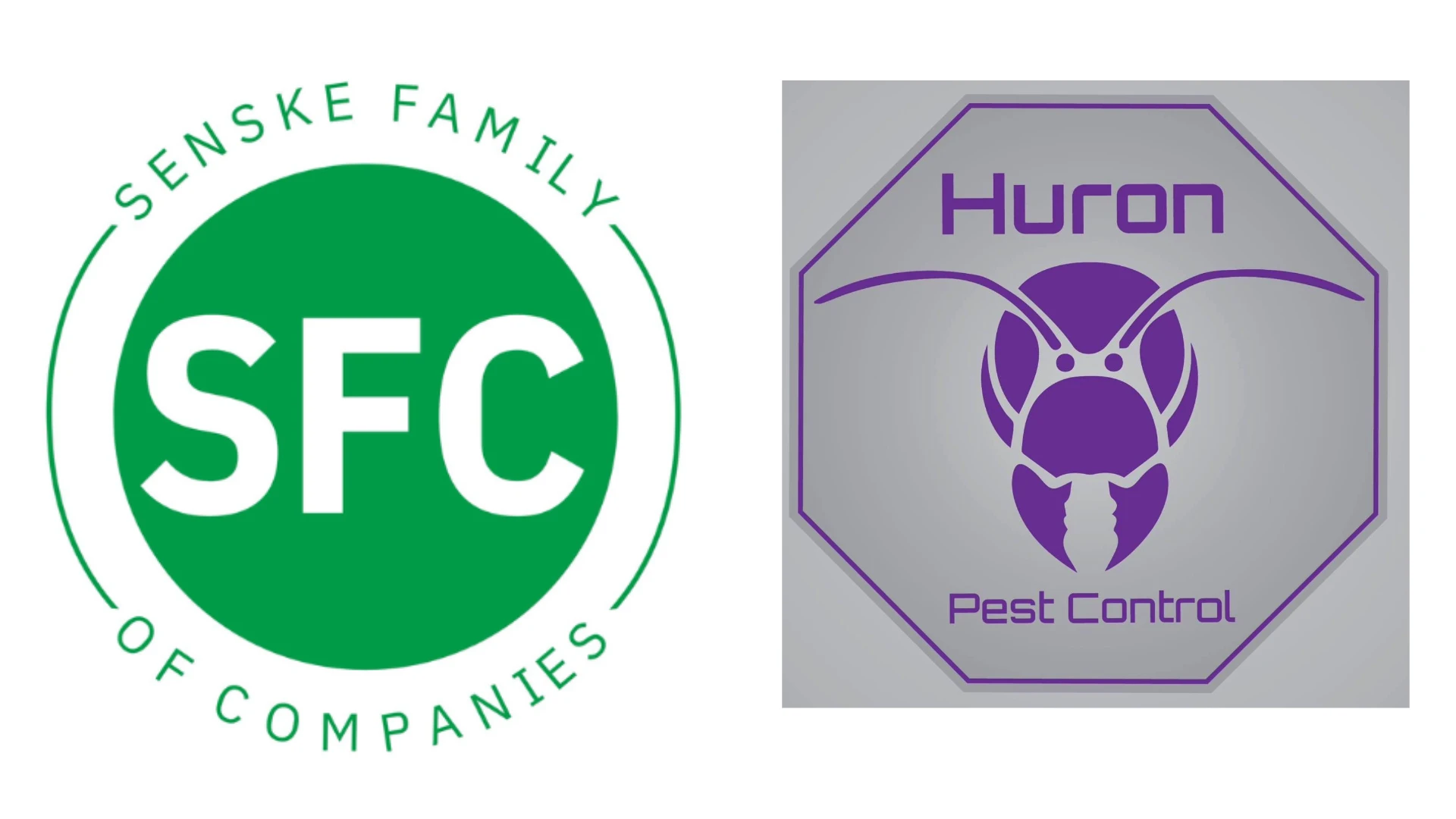
istock | modfus
Many PMPs have either added canine teams to their business, or have contracted with canine inspectors to do this work. PCT interviewed a number of industry professionals to learn why and where the use of bed bug-detecting canines can be beneficial and what they've learned from working with these four-legged detectives.
Christian A. Borre, technical director, Select Exterminating in New York City, noted that, while he’s an extremely good inspector, “canines can inspect faster and cover much more area than a human, without the burden of lifting mattresses and box springs…. They are ideal in areas where many units, offices and rooms exist.” Plus, he said, “Customers absolutely LOVE the idea of a trained bed bug dog.”
Mark "Shep" Sheperdigian, vice president of technical services, Rose Pest Solutions in Troy, Mich., said, “Dogs can quickly detect the scent of live bed bugs and viable eggs. The greatest advantage the dogs have is the early detection of bed bugs,” noting that professionals can detect larger infestations with relative ease.
Sheperdigian also noted that live bugs may not be found with each alert, but “treat every area that has an alert. If there is an alert but no live bugs found, follow-up with an inspection … and/or monitor the area with interceptors.”
The Mallis Handbook of Pest Control echoed the utility of canines in large-scale inspections and said it is “a good option for providing inspections in non-residential settings” like offices and theaters. It noted that some infestations may be missed while others may yield false positives. For the latter, Mallis suggested a “method for verifying the dog’s findings” by either locating bugs or eggs, or performing and comparing inspections by two independent teams.
When selecting a dog and handler, Borre wants to “know how the trainer interprets the canine’s alerts” and how long the pair has worked together. He also requests references, NESDCA accreditation, process details and metrics on false positives, and asks if the canine can detect both live bed bugs and eggs. Recertification, turnaround times and team limitations are other considerations.
“Interview as you would any person applying for a position,” Borre said, and “have more than one trainer/canine to rely upon.” He also suggested asking the team to perform a mock inspection, even placing a few bed bugs, to understand its process and results.
Dennis Weiss, technical supervisor, Saela in Orem, Utah, said, “First and foremost, we look for a local partner whose priority is accuracy in detection, not just delivering the lowest cost."
He noted that dogs can cover ground in multi-unit housing and said Saela finds them “most useful for ‘clearing’ a property at the conclusion of standard frequency services, or to indicate in a large facility where treatment may be needed on an initial service. It’s a great ‘peace of mind’ action for the customer,” Weiss noted.
At the same time, Weiss said not to rely solely on dogs. “My philosophy is to use a dog to confirm a negative inspection, or to use a dog to indicate where a more in-depth inspection is required on a positive result on an initial service,” he said.
Sheperdigian advised companies to look for full-time handlers and to train “staff and explain to clients what to expect from a canine inspection. It is common for people to doubt the dog’s ability and question the results.”
Want to add a canine to your team?
“Do your research to make sure you have the resources, facilities and commitment,” Borre said. Consider vet bills and after-work care, he suggested.
Sheperdigian, whose company has 11 active teams in its Canine Division, noted, “it is FAR easier to schedule and price canine work when they are part of your company.”
Latest from Pest Control Technology
- How Did This Pest Get Its Name?
- Rose Pest Solutions Honors Top Performers with Annual Chief’s Club Awards
- Doug Foster on Termite Control Equipment, Resources
- Pest Control Consultants Acquires EcoGuard Pest Control
- Pest Index Increased 9 Percent YOY in February
- PPMA Releases 2024 Annual Report Themed 'Leveling Up Awareness, Growth and Impact'
- Good News Pest Control Acquires Walsh Pest Control
- Aruza Pest Control Appoints Justin Bellet as Chief Operating Officer







